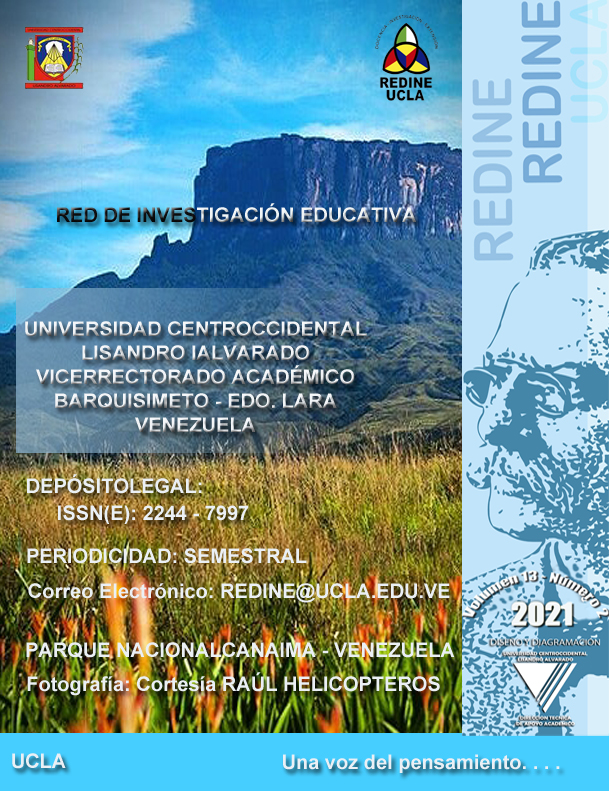the game, creativity in the construction of corporation in initial education
Keywords:
Game, creativity, corporeityAbstract
The development of this essay is based on the argumentative documentary modality, with the purpose of unveiling an existing epistemological vision about the child's play and creativity in the configuration of human corporeity. The initial education teacher assumes various positions in relation to the conceptualization of play and creativity; and its pedagogical praxis directs it to be the child, who builds their corporeity through their bodily experiences, their feelings, recreation, creative potential, autonomy, fantasy and freedom of action. In addition to this, the educator at this educational level appropriates innovative playful strategies that strengthen the student's learning process.
Downloads
References
Ausubel (1969). School learning, an introduction to educational psychology; Ed. Holt Rinehar t and Winston, Estados Unidos de América.
Currículo de Educación Inicial (2005). Programa de estudios de educación Inicial. Caracas Venezuela.
Elkonin, (1985). https://prezi.com/8tgppein-8fv/teoria-del-juego-de-elkonin/. [Consulta 2018, Mayo.2018]
Fröebel, F. (1929). La educación del hombre, Traducida por J. Abelardo Núñez, New York-London: Appleton y Compañía,
pp. 36-37.
Gardner, H. (1999). Mentes creativas: una anatomía de la creatividad. Barcelona: Paidós Ibérica
Mackinnon, D.W. (1976). Identificación y Desarrollo de la Creatividad. En J.C. Fondo Editorial FACHSE - UNPRG (Lambayeque).Perú.
Osborn, A. (1953). Imaginación aplicada; principios y procedimientos de resolución de problemas. New York: Charles Scribner’s Sons.
Paya, A. (2007). ¨La actividad lúdica en la historia de la Educación Española Contemporánea ¨.Edita. Universidad de Valencia, España.
Pestalozzi, J. E. (1804). Cartas sobre educación infantil, Introducción y traducción de José María Quintana, Barcelona: Humanitas, p. 114.
Pesut (1990). La creatividad una Cualidad Intrínseca del ser Humano. https://revia.areandina.edu.co/index.php/ASD/article
/download/1478/1425/
Piaget. J. (1946). La formación del símbolo en el niño. Editorial Fondo de Cultura económica, México: 1982
Sergio M. (1999). Epistemología de la motricidad humana. Instituto Piaget Lisboa Portugal.
Trigo, E. (1999). Creatividad y motricidad. Editorial Universidad de la Coruña. España.
Vygotsky, L. (2008). Pensamiento y Lenguaje. Editorial: Ediciones Paidós Barcelona: Paidós.
Published
How to Cite
Issue
Section

This work is licensed under a Creative Commons Attribution-NonCommercial-ShareAlike 4.0 International License.
Derechos del/de autor/es a partir del año de publicación
Esta obra está bajo la licencia:
Creative Commons Reconocimiento-NoComercial-CompartirIgual 4.0 Internacional (CC BY-NC-SA 4.0)
Las opiniones expresadas por los autores no necesariamente reflejan la postura del editor de la publicación ni de la UCLA. Se autoriza la reproducción total o parcial de los textos aquí publicados, siempre y cuando se cite la fuente completa y la dirección electrónica de esta revista. Los autores(as) tienen el derecho de utilizar sus artículos para cualquier propósito siempre y cuando se realice sin fines de lucro. Los autores(as) pueden publicar en internet o cualquier otro medio la versión final aprobada de su trabajo, luego que esta ha sido publicada en esta revista.




